of the master design
>for links to student work: see the end of this page
The Master Design within current design practices
We look at our positioning from the perspective of design research, storytelling and new practices, which determine the learning lines of our course. Through the design research of our tutors, students and alumni, we show where we stand – they are the living example of our choices.
New Practices – Specific view of designers on complex questions
Designers are increasingly contributing to solving complex issues. Thereby they are not concerned with that one designed object, but with systemic thinking. Their thinking in longer lines ensures that they make a lasting contribution to change.
The roles they adopt, such as investigator, connector, or louse in the fur, allow them to investigate issues with an open mind. They do this, for example, by giving users’ experiences a place or by using knowledge from different domains in their search.
Due to their creative, personal way of doing design research, they come up with original answers and solutions, which they can also materialize and visualize in designs.
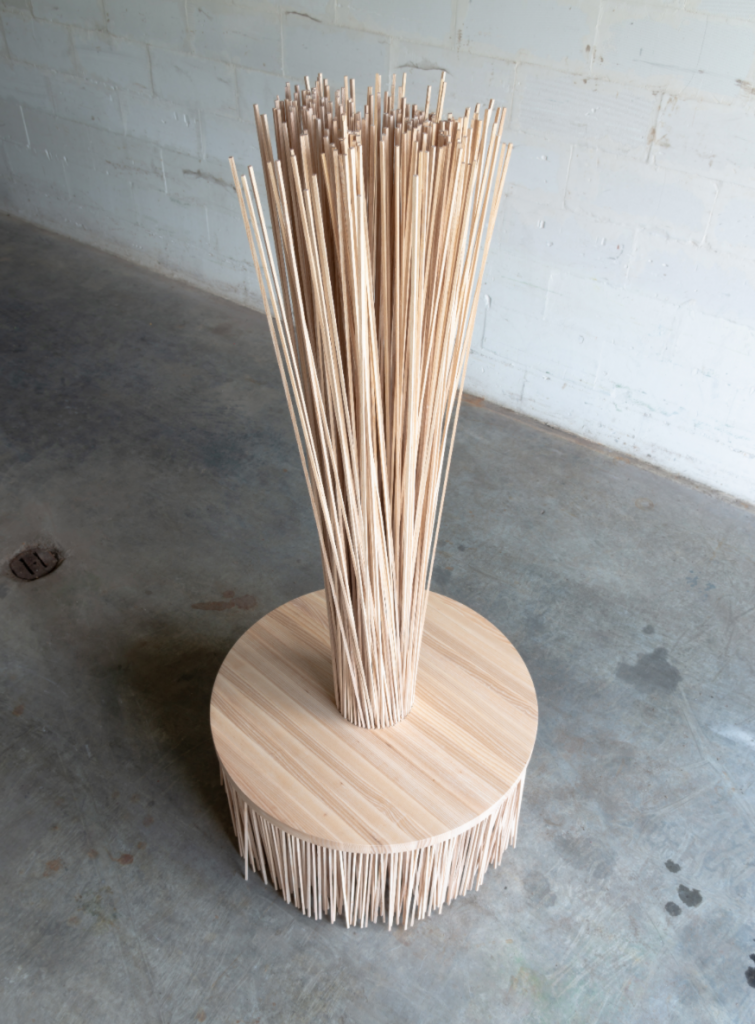
Pierke wondered what it means to make a piece of furniture from wood. How was that wood produced, what value does a consumer assign to the furniture, what can be done with the material if the product threatens to become waste? And above all: what interventions can the designer make in that system of production, use and disposal to cause awareness and sustainable action?
New Practices – Which complex issues are addressed?
It is obvious that there are more than enough complex issues to work on. Social issues surrounding the coexistence of different groups, the climate crisis that is radically changing our world, the impact of new technologies on our lifes, designers influence this through their approach and designs.
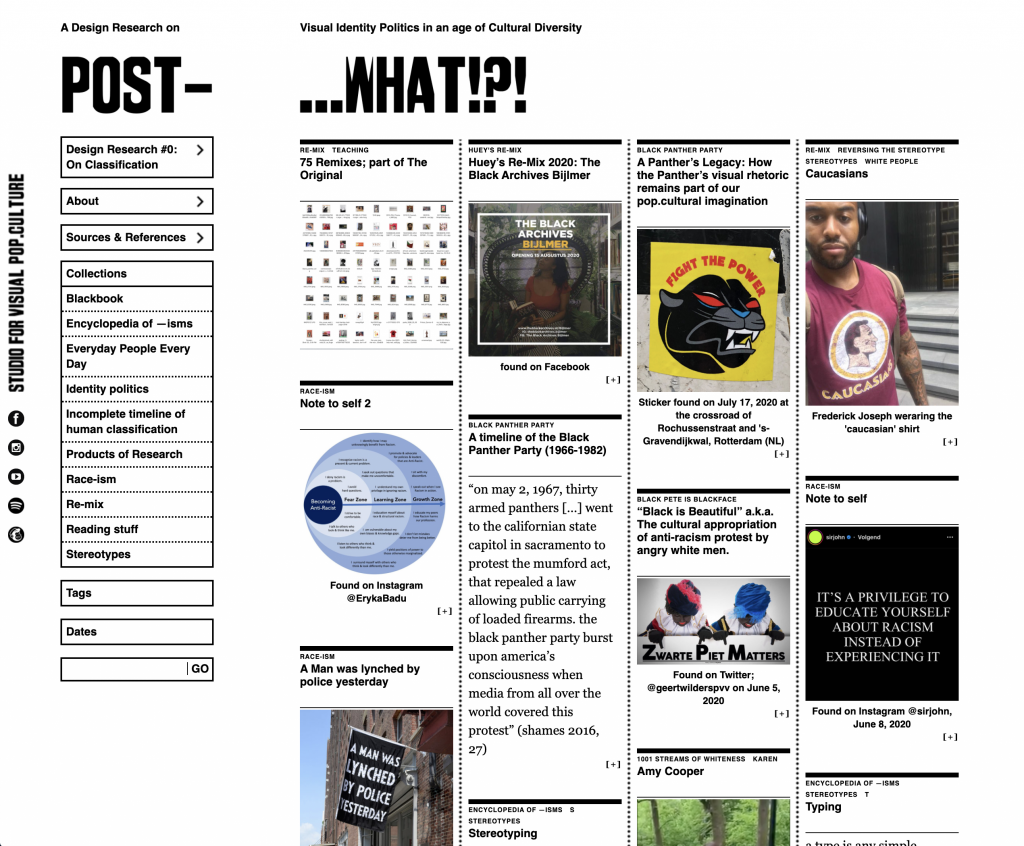
Mark saw in newspapers images and texts that presuppose a certain view of ‘the other’ that does not help us to live together. He created an archive of that view, reflected on it in his research blog and developed a method to discuss it with young designers or policymakers, for example, in order to initiate a transition in thinking and acting.
Design Research – Personal contribution to long-term projects
In the specific context of their question designers develop the new role and expertise from which they can make their contribution. It is striking that these are no longer short projects, but long-term ones. Nowadays, designers often work on a design question for years, because every interim design raises new questions. They bite into the question behind the question, creating an iterative process. By causing awareness among the public, and especially by contributing to actual changes through their designs. Ownership and intrinsic motivation are important in this, whether the designer has an independent professional practice or works within an agency or organization. Room for personal input is important in both cases, as is being able to take control.
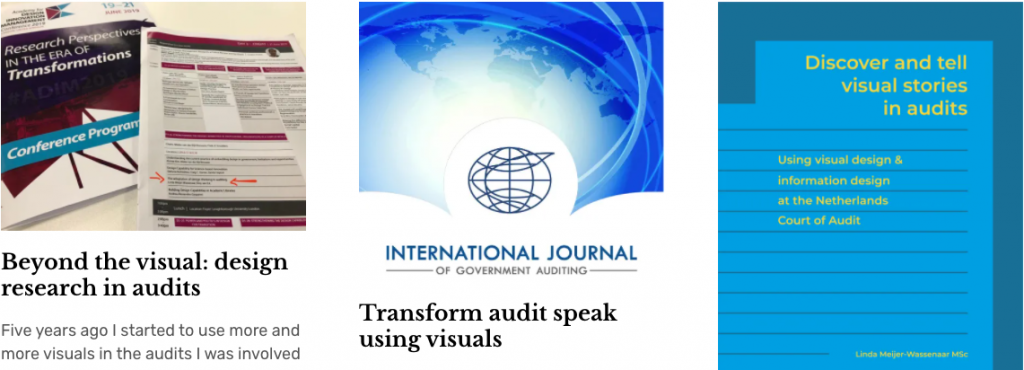
Linda is a sociologist with an eye for infographic. She showed within the Court of Audit what a visual way of investigative design can mean when analyzing complex data and when publishing the results of that analysis. To eventually establish a department entirely devoted to this approach.
Design Research – How does a designer work on design questions?
By relying on their creativity and curiosity, designers look at topics cross-culture and transdisciplinary and question these critically. Moreover, they dare to start their research with a personal assumption. They bring in their strength by designing situations in which there is room for exchange and discovery with others. They do this in iterations, designed situations, which yield knowledge to be able to take the next step. They seek, they act, they find and they know – and they start all over again. Additional in-depth research helps them to contextualize and analyze questions and results.
Design as a way of thinking and acting is thus given a place in the process of research and in the products and changes in contexts that result from it.
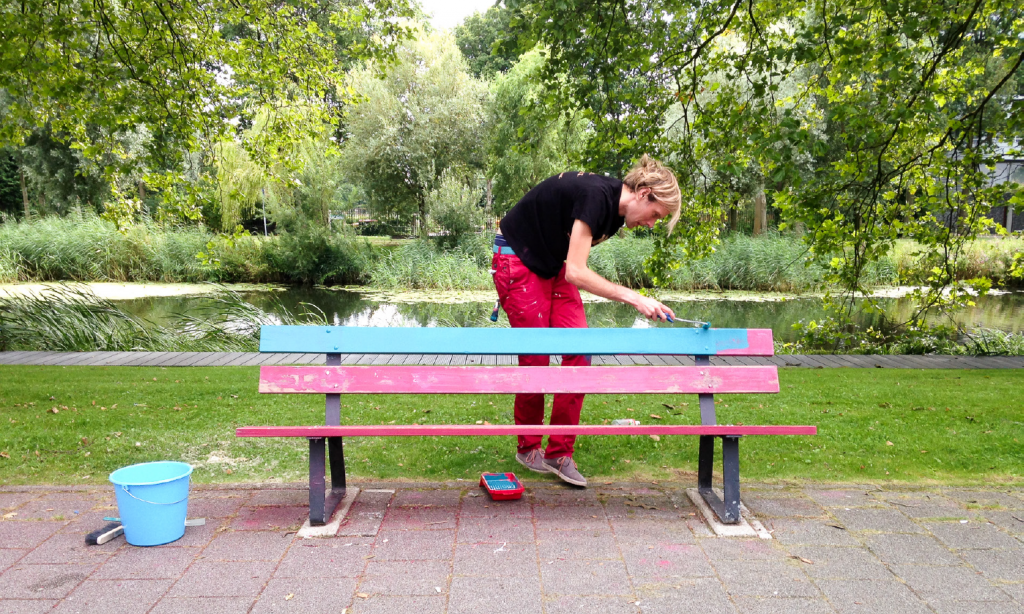
As a designer Thomas found the space available to a citizen with ideas to actually contribute in the participation society was too limited. By thinking about this topic with citizens and officials, he eventually came up with his Un-destination Plan, of spaces in the city that can be used by citizens at short notice to turn them into green spaces, meeting places or whatever they want.
Design Research – Working with participants
Designers look for embedding in a social or organizational context, because their design questions are always about people. Specific to design research is that all kinds of participants are involved – future users, peers, experts and producers, for example. Bringing these participants together, with their own questions, experiences, ideas or knowledge, is exactly what designers are good at. They give users a voice in the products that are made for them, producers different ways of fabricating, researchers new places to make their knowledge practical.
With their participants, designers look for substantive and creative possibilities, in which co-creation and knowledge sharing are important aspects. They initiate, bring together all information and experiences and translate them into a meaningful design, be it a method, a product or a service. In this way they make other perspectives tangible.
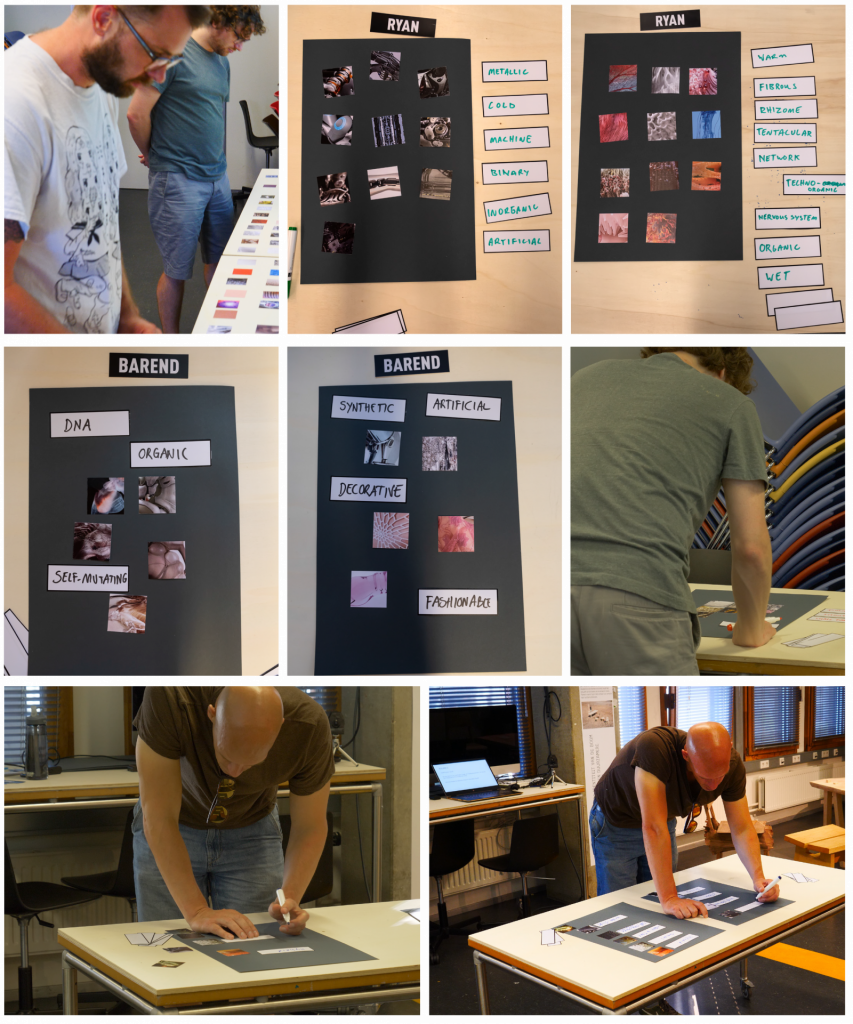
As a designer of visual effects in the film industry, Barend is used to working alone. In order to involve colleagues in developing ideas, he designed a method in both workshops and digital environments in which visual thinking led to common starting points. That way, a creative team can easily work together later in production, each based on their own expertise.
New Practices – Is the new role recognized?
With regard to this new role of designers, there is also a point of attention: too often clients see designers as the professionals who are “only” used in the initial phase to generate new ideas, or in the final phase for design. That does not do justice to the new systemic expertise that designers can contribute. Designers themselves actively work on the recognition and recognition of the value of their work.
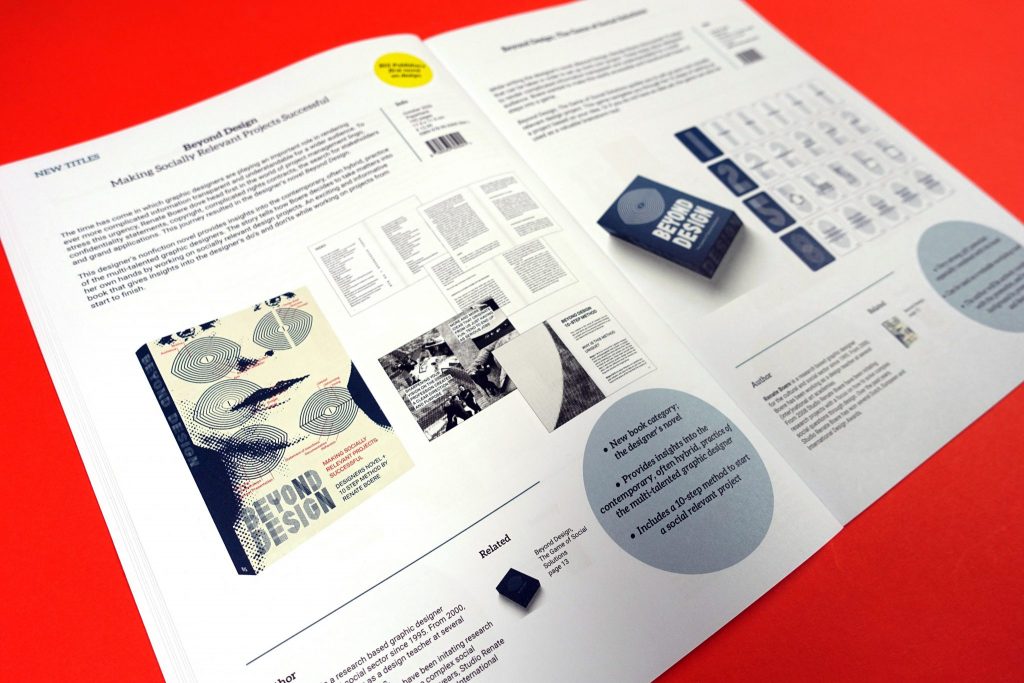
As a graphic designer Renate set out to explore the boundaries of her own profession, to discover how she can influence the political landscape through personal and well-chosen projects. For her, it was not only about the substantive aspect of those projects, or about the collaborations she entered into, but also about the way in which she could finance this way of working. In a book she shared her approach with young designers, who thereby don’t have to discover all kinds of don’ts for themselves.
New Practices – Initiatives that seek collaborations with designers
The new value is recognized by organizations such as the Stimuleringsfonds Creatieve Industrie, the BNO or AgriMeetsDesign, which mediate between designer and public or company.
Sectors outside the creative industry are also increasingly seeking collaboration with designers to tackle their transition questions. The Research Centers and professors that operate nationally play a major role in this.
Validation of the contribution of design researchers occurs when participants esteem their contribution and when they are recognized as experts within their domain.
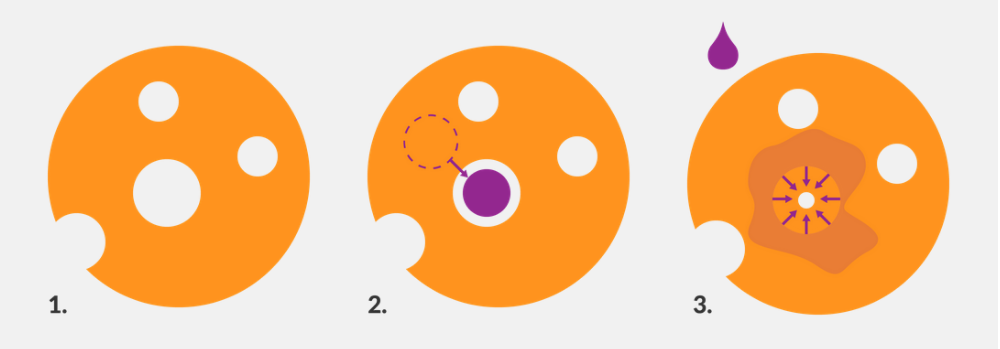
Jasper designs digital connections between people with autism and their loved ones. By connecting to the research of the HAN Research Center Technology and Society, he is part of the growing knowledge in the field of human computer interaction. He uses previously developed knowledge, reflects on his discoveries at a high level and contributes to new developments.
Storytelling – Public podia
Within the Netherlands, public venues such as DDW, Het Nieuwe Instituut, What Design Can Do, VPRO and design museums show that there is interest in the story of designers. All forms of Dutch design, whether focused on products or driven by engineering or research, are given a voice here. Designers for whom design research and participants are important often show themselves on these types of stages with shorter actions in which the public is involved in order to bring and receive knowledge.
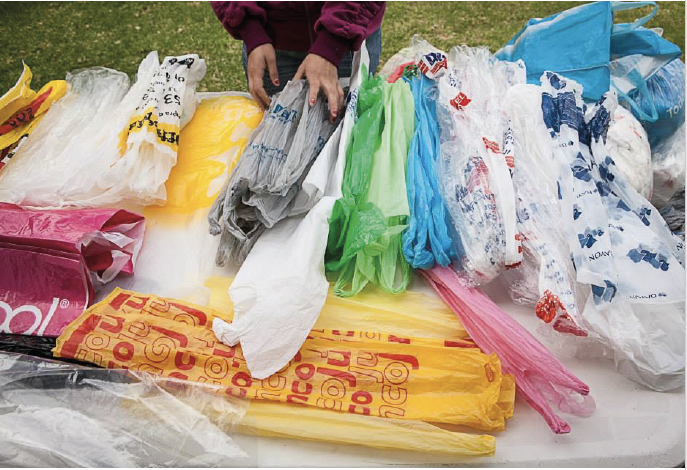
Michelle is always looking for ways in which the combination of old crafts and new technologies can lead to a more sustainable use of materials. During DDW, she involves the public in this by letting them discover in a maze that every choice in the design process affects the environmental impact of a product. She translates abstract academic knowledge and experiments from research labs in which she is involved in a tangible and readable form.
Storytelling – Spread your own story
Design research with participants requires good skills in sharing the process, the discoveries in it and the choices that are made. Co-creating is only possible by reflecting and exchanging together. That is why it is so important to propagate your own quest and its results.
Designers find different media and stages to share their ideas, within existing platforms but also via their own media such as blogs. In doing so, they position their own practice and spread their story.
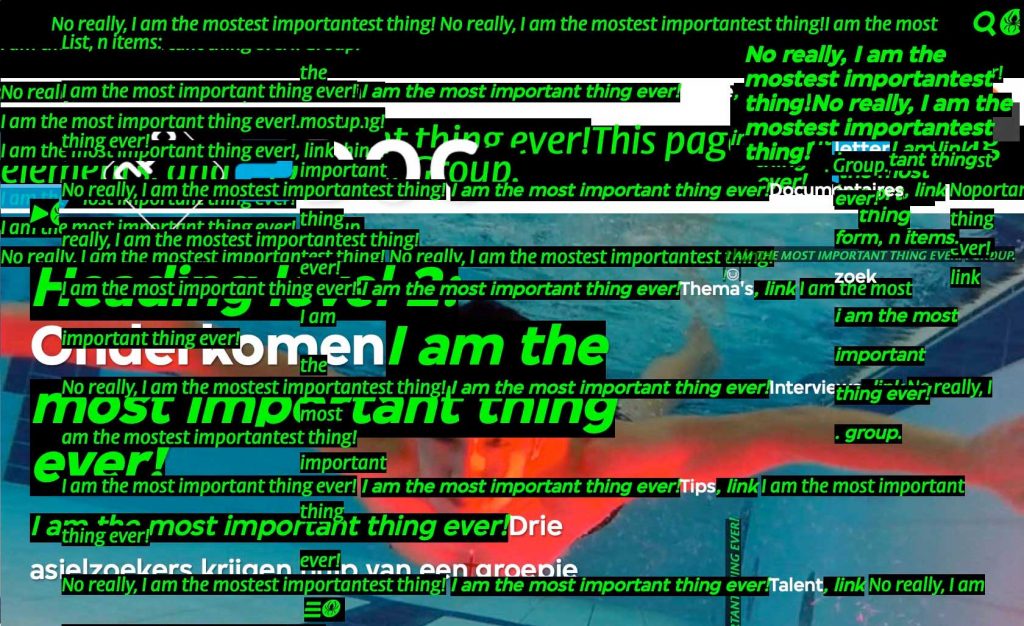
Vasilis designs websites with and for blind users using his own method of exclusive design. He allows all forms of telling about his method to merge: his own website about his design research is ‘readable’ for the blind, he involves young designers in finding sub-questions about his approach and he shares his findings worldwide at conferences, where he consider next steps with peers.
More Projects
Students share the knowledge they gain during the Master Design in their own context, and through their own means – but also through us:
